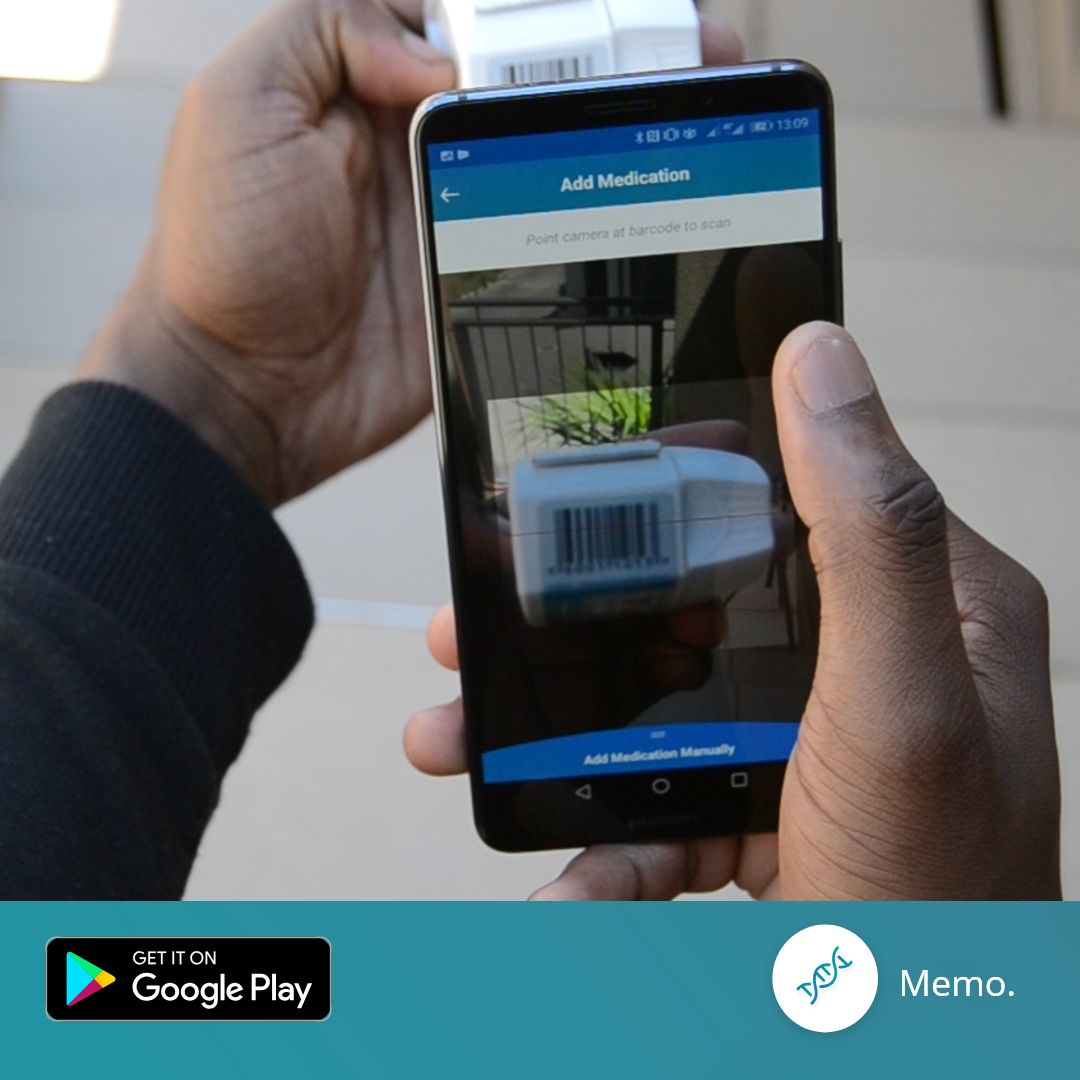Art is a great way to express social and political issues. Remember the uproar caused by artist Brett Murray’s painting “The Spear”, which depicted President Jacob Zuma with his genitals exposed? City Press had to take that picture off the internet and the painting was defaced while it still hung in the gallery. But art does not have to be controversial to be political. Here are some of our favourite young people who use their art to challenge politics and society.
On black identity and power: Pola Maneli

Pola Maneli is a Cape Town-based freelance illustrator and art director. Influenced by pop culture, South African politics and ubuntu, he makes detailed, monochrome sketches and graphics to create colourful representations of black identity. For example, his illustration titled “All That Power” comments on the flaunting of wealth by President Jacob Zuma and was exhibited as part of a group exhibition called Protest, at the Hazard Gallery in Maboneng, Johannesburg, earlier this year. Pola said in an interview, “I believe art should critique the society which it inhabits and to critique is to not just highlight the bad but the enormous good as well.”
Follow Pola and Twitter, Facebook and Behance.
On xenophobia and migration: Gerald Machona

Gerald Machona is a Zimbabwean-born multidisciplinary artist (sculpture, new media, photography, film and performance art). He tackles political issues surrounding migration, xenophobia, culture and heritage with the aim of challenging negative attitudes towards foreigners living in South Africa. He uses mainly decommissioned Zimbabwean dollars in his sculptures and performance art pieces like “Ita Kuti Kunaye II (Make It Rain II)” (left), which was also featured at the Protest exhibition this year. His piece “Vabvakure (People From Far Away)” comments on the hostility and unfair profiling of African people during the xenophobic attacks.
Follow Gerald Twitter on Facebook
On sexuality and gender: Laura Windvogel
Laura Windvogel, a.k.a Lady Skollie, is a Capetonian artist who explores the ideas often forgotten by our political climate; think gender roles, sex, greed and lust. She flirts with these themes using watercolour paintings and zines (small circulation, self-published magazines). The zine, Kaapstad Kinsey, was a contribution-based project and featured confessionals from contributors about their first sexual experiences along with the artist’s expressions and illustrations in an array of mediums. In March, Lady Skollie exhibited The Only Reason I Predominantly Paint Bananas And Papayas Is To Highlight The Fear I Have Inside Relating To My Unrealistic Expectation Of Sexual Encounters Between Men And Women at the Michael Stevenson Gallery in Cape Town, opening the conversation around sexuality in order to remove the taboo from sex.
Follow Laura on Twitter and Facebook
On poverty and class: Blessing Ngobeni

Blessing Ngobeni fled a broken home in Tzaneen, Limpopo, before landing on the streets of Johannesburg as a 10-year-old boy. Blessing uses found objects, magazine clippings and oil paint to create vivid collage-paintings that comment on the stifling political structures of society as well as the interactions people have with their cities. His artworks are thought-provoking purges of an observer who’s seen, heard and lived the kind of poverty many of us overlook. His latest exhibition As If You Care, held at Gallery MOMO Cape Town, communicated this sentiment.
Follow Blessing on Twitter and Facebook
On gender equality: Sethembile Msezane

Sethembile Msezane is a Kwa-Zulu Natal-born, Johannesburg-raised and Cape Town-based fine artist. Her performance pieces focus on the absence of black women in the South African historical and political landscape. She also explores the different ways in which women are restricted in movement, attire and body form in society. She performs to assert her existence, identity, role in society and importance in time and space. She performs on various South African public holidays as seen in the Public Holiday Series 2014-2015 and to contrast historic events with the issues and events that currently affect the youth. Her performance during the taking down of the Cecil John Rhodes statue at the University of Cape Town in April this year, garnered the interest of both local and international press.
Follow Sethembile on Twitter and Facebook
Images: Between 10and5 and the Goodman Gallery.
Follow me on Twitter: @Doll_Grit




